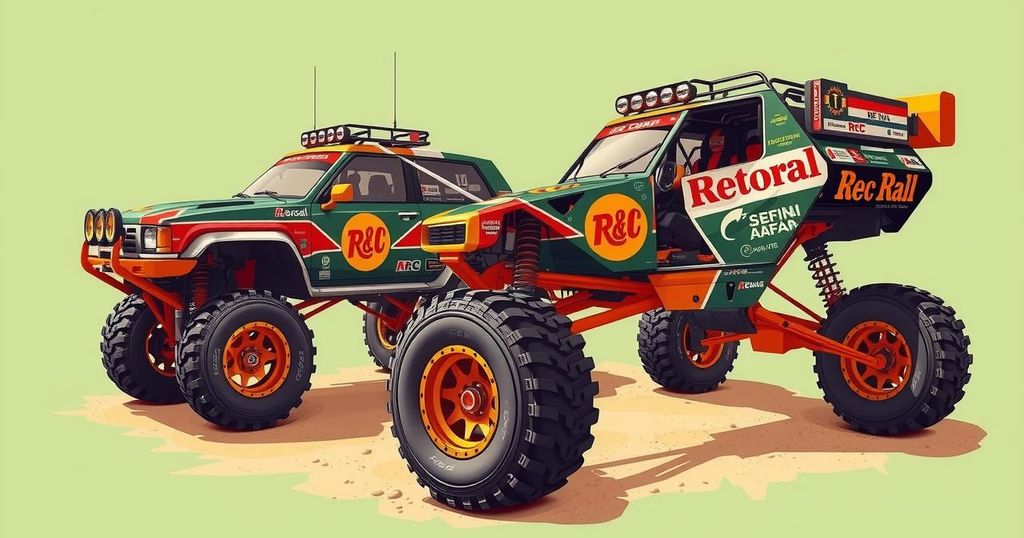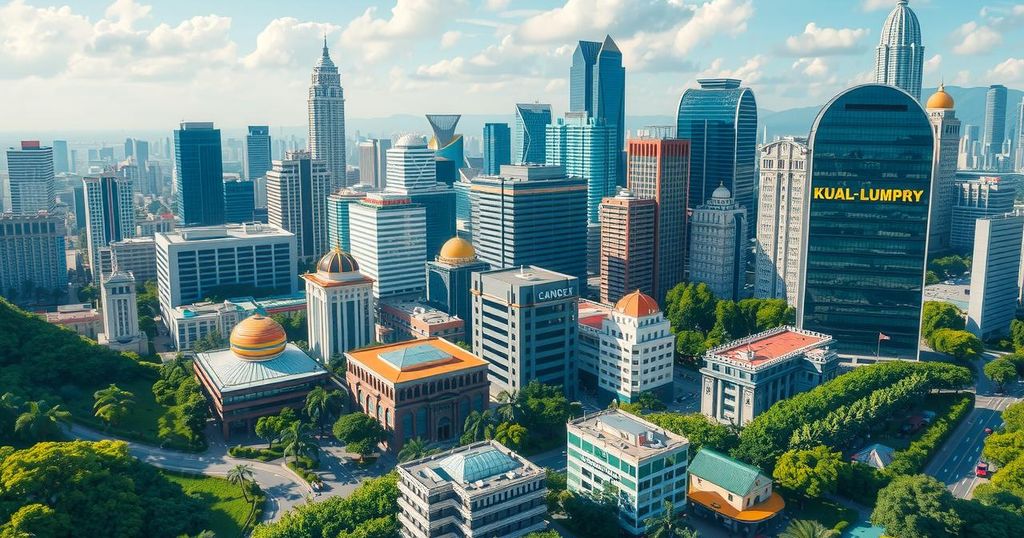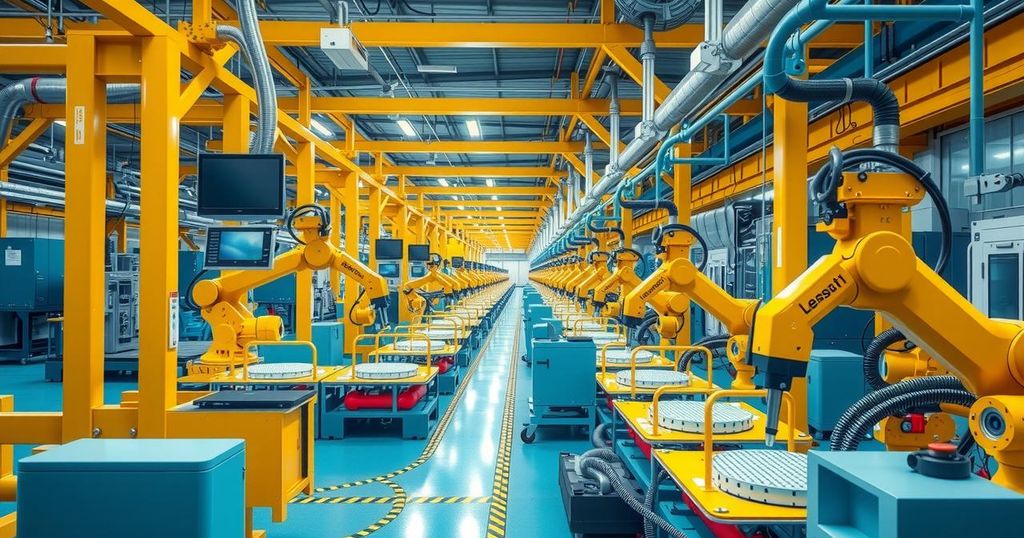Understanding the Unique Car Modifications for Safari Rally Kenya
The Safari Rally Kenya will feature significant modifications to vehicles to tackle unique challenges, such as the addition of snorkels, enhanced suspension, and engine adjustments for high altitude. The event is set to commence on March 20, with a diverse lineup of competitors and expected broad viewership globally.
The Safari Rally Kenya, taking place in Naivasha, is distinct in the World Rally Championship (WRC) due to significant visual and mechanical modifications to the vehicles. These adjustments are essential for the demanding Kenyan race routes, recognized as among the most challenging worldwide, taking place this weekend.
The harsh terrain and unpredictable weather present unique challenges for both drivers and their machines, with the event kicking off on March 20, featuring an official flag-off by President William Ruto before the Super Special Stage in Kasarani. The crews will navigate 384 competitive kilometers, marking the longest rally distance for the year, encountering rugged roads, water crossings, and swift sections.
Key enhancements made to the cars include the installation of a snorkel, which serves as a raised air intake. This crucial addition ensures the engine can breathe during deep water crossings, preventing water ingestion and stalling, a common issue due to the capricious conditions of the event.
Additionally, the Safari Rally has prompted an increase in the vehicles’ ride height. The suspension systems have been elevated to tackle the relentless undulations, sharp ruts, and large stones scattered across the route. Achieving a balance between ground clearance and stability is vital, as maintaining speed during the fast-flowing sections is just as important as enduring rough terrain.
Given that the rally occurs at a high altitude in Naivasha, adjustments are made to the engine mapping. The thinner atmosphere reduces engine power output, compelling teams to modify their settings accordingly. Every bit of power is critical as drivers traverse the stunning African landscape.
This year’s event has drawn 39 drivers from various countries, with over 85 million viewers expected and an in-person attendance of 100,000 fans in Naivasha.
Participants will notice vehicles from manufacturers such as Toyota, Hyundai, and Ford. Hyundai motorsport aims to challenge Toyota’s dominance at the Safari Rally since its WRC comeback in 2021, with drivers Thierry Neuville, Ott Tänak, and Adrien Fourmaux leading the team in the i20 N Rally1. M-Sport Ford will compete with a trio of Puma Rally1 cars, driven by Grégoire Munster, Josh McErlean, and Jourdan Serderidis. In the WRC2 category, reigning champion Oliver Solberg will headline in a Toyota GR Yaris Rally2, alongside newcomer Kajetan Kajetanowicz in a similar vehicle.
The Safari Rally Kenya is a notable event within the WRC, requiring significant modifications to vehicles to meet the unique challenges of its terrain and climate. Key enhancements include snorkels for water crossing protection, elevated suspensions for rough conditions, and engine adjustments for high-altitude performance. With a large international participant pool and extensive global viewership, this year’s event promises to showcase exciting competition among leading automotive manufacturers.
Original Source: www.the-star.co.ke




Post Comment